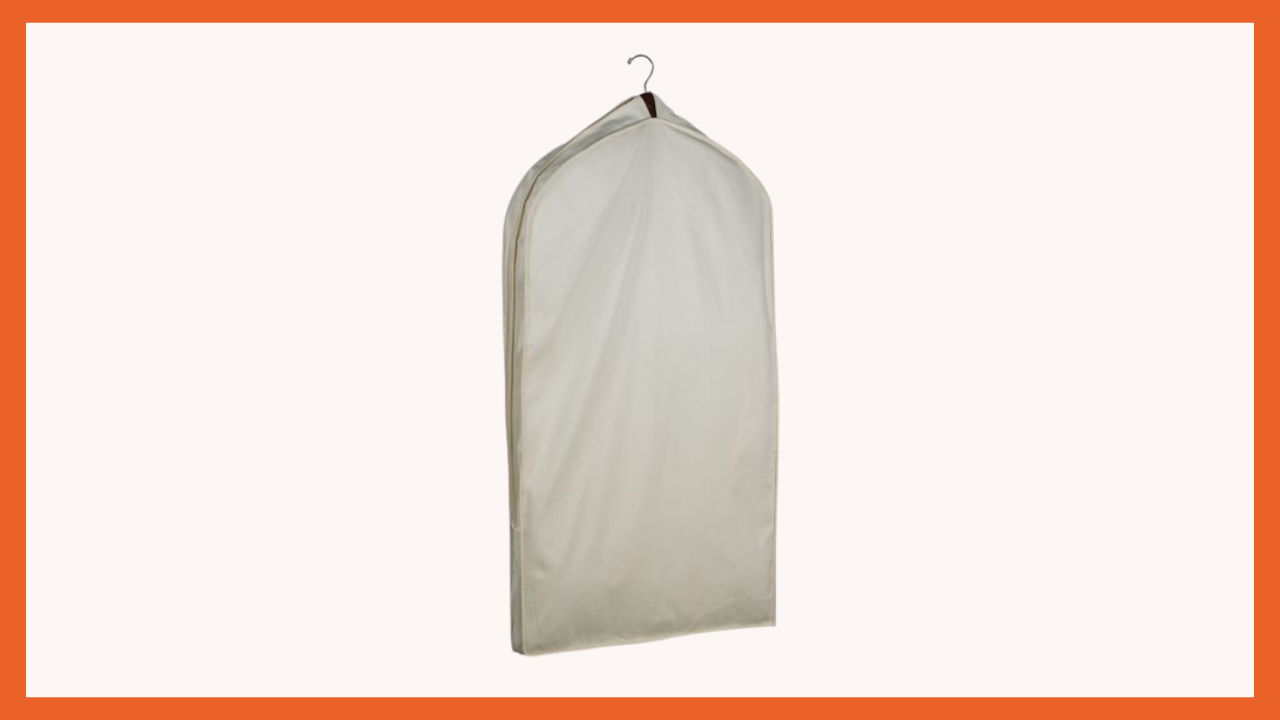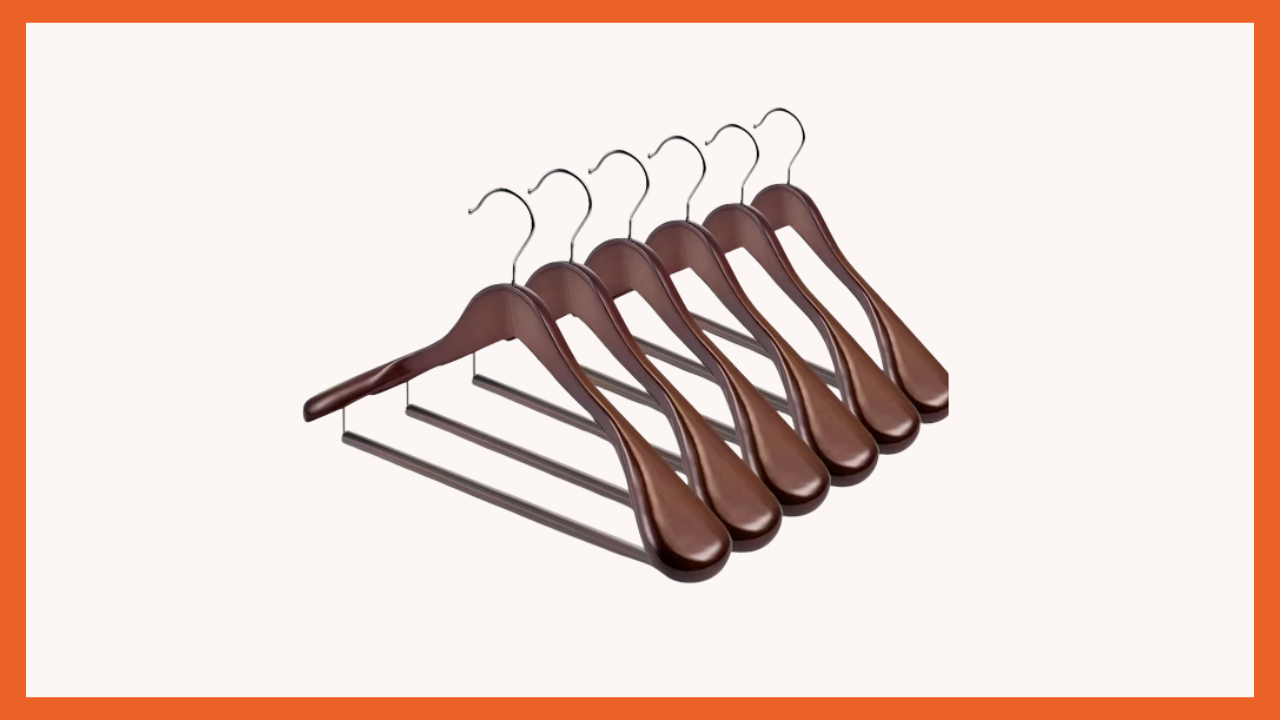AllVintageStyles
The Ultimate Vintage Fashion Encyclopedia
Folding Boards

Folding boards create consistent, uniform folds in vintage garments through guided template systems that prevent irregular creasing and maximize storage efficiency.
Quick Facts
- Primary Use: Creating uniform folds for flat storage of vintage clothing
- Material: Rigid plastic, cardboard, or wood with smooth folding surfaces
- Product Type: Template-based garment folding system
- Key Benefits: Consistent fold lines, prevents irregular creasing, maximizes storage space, maintains professional appearance
- Typical Price Range: $12-$35 (quality template construction per board)
- Best For: Sweaters, t-shirts, delicate items requiring flat storage
Development & Importance
Folding boards emerged from retail merchandising in the 1980s when stores sought efficient methods to display folded garments uniformly. The template system creates consistent fold lines that prevent the irregular pressure points and random creasing that occurs with freehand folding, particularly important for vintage pieces with delicate fibers.
Professional costume storage departments adopt folding boards for pieces requiring flat storage due to weight, fragility, or space constraints. The uniform folding method distributes stress evenly across fabric surfaces while creating predictable fold lines that won't surprise collectors with unexpected creases over time.
Contemporary vintage collectors discover folding boards through space-saving needs, though many don't realize their preservation benefits until comparing folded storage results. Quality construction and appropriate sizing distinguish professional folding boards from basic retail versions that may damage vintage proportions.
Quality Assessment Tips
Professional/Archival-Grade Features:
- Smooth, snag-free surfaces that won't catch on vintage fabric textures
- Rigid construction that maintains shape under repeated use
- Proportional sizing appropriate for adult vintage garment dimensions
- Rounded edges and corners that won't create pressure points
- Durable materials that won't crack, bend, or deteriorate over time
Avoid These Lower-Quality Options:
- Flexible boards that bend during use and create uneven fold lines
- Rough surfaces or sharp edges that could snag vintage fabrics
- Inappropriate sizing that forces vintage garments into poor proportions
- Cheap materials that crack or break after minimal use
- Boards without proper edge finishing that could damage delicate textiles
Usage & Applications
- Best for vintage sweaters: Creates uniform folds that prevent stretching while maintaining consistent storage dimensions in archival boxes
- Ideal for delicate vintage pieces: Provides guided folding method that eliminates guesswork and reduces handling time for fragile garments
- Perfect for seasonal storage rotation: Enables space-efficient packing while ensuring garments maintain proper proportions during extended storage
Professional tips:
- Use acid-free tissue paper between fold lines when storing valuable vintage pieces for extended periods
- Choose board size matching most common garment proportions in your collection to minimize size variations
- Store folded garments flat in archival boxes rather than stacking to prevent compression damage
FAQ
Q: How do folding boards prevent damage to vintage clothing?
A: Folding boards create consistent, even fold lines that distribute stress uniformly across fabric surfaces, preventing the irregular pressure points and random creasing that damage vintage textiles over time.
Q: When should I fold vintage clothing instead of hanging it?
A: Fold heavy knits that stretch on hangers, oversized pieces that overwhelm hanging space, extremely delicate items too fragile for hanging stress, or garments requiring seasonal storage rotation.
Q: Can folding boards accommodate different vintage garment sizes?
A: Most quality folding boards accommodate standard adult sizing, though you may need multiple sizes for significantly different garment proportions. Choose boards matching your most common vintage sizes.
Q: Are folding boards worth the investment for vintage collections?
A: For collections requiring frequent reorganization, seasonal storage, or including delicate pieces that must be stored flat, folding boards prevent damage and save space worth more than their cost.
📷: FlipFold



